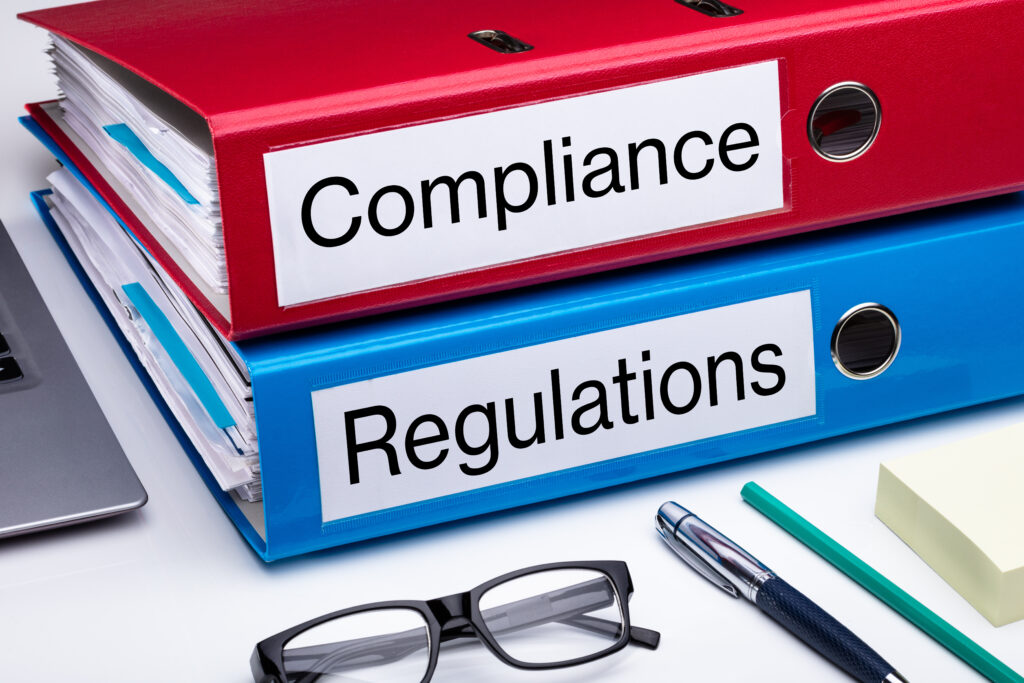All business organizations may be held liable for criminal misconduct of their agents, e.g. staff, subcontractors or joint-venture partners. In order to avoid this liability the businesses need to prove diligence in selection, supervision over agents and controls held withing the organization, i.e. the controls landscape and their robustness. There is no one fits all approach, so every business needs to implement proportionate measures that promote compliance but at the same time do not kill the business. The below you may find the VII pillars of a robust anti-corruption program by US Department of Justice (DOJ) and US Securities and Exchange Commission (SEC). Enjoy the reading and in case of any follow up questions, please do not hesitate to contact me.

Commitment from Senior Management and a Clearly Articulated Policy Against Corruption, i.e. “tone from the top” communication

Risk Assessment:
- know your business processes and their risk exposure
- set risk appetite
- identify risk mitigating actions
- plan for implementation of respective policies and procedures

Code of Conduct and Compliance Policies and Procedures, i.e. set of internal policies and procedures addressing identified risk areas for fraud, corruption nd other misconduct

Training and awareness program enabling all staff members, subcontractors and business partners to know the risk fraud, corruption and other misconduct exposure, as well as policies and procedures mitigating these risks

Third-Party Due Diligence and Monitoring of Payments, i.e. diligence in selection of counterparties and staff and constant monitoring of value transfers in search for deviations and irregularities. In case of red flags identified a need to take action

Oversight, Autonomy, and Resources, i.e. ensure independent compliance function for coordination and oversight of all compliance actions, e.g. a Compliance Officer

Incentives and Disciplinary Measures, i.e. communications channels for detection of misconduct – e.g. whistleblowing hotlines – and response to these signals, also promotion and prizing of ethical and compliant behaviors
Should you like to read more, please find the link to the Resource Guide to the U.S. Foreign Corrupt Practices Act, Second Edition
